Prices listed are in $CA unless otherwise noted.
During the pandemic, like many music lovers between the ages of 7 and 77 who searched for new ways to entertain themselves at home, I bought a turntable. In the process, I succumbed to its musical charms—re-succumbed, really, since I had already succumbed to its charms during vinyl’s heyday—to the point I had no desire to listen to my fancy digital setup. How could a Rega P6 turntable with a Rega Ania cartridge bring me more musical pleasure than a player which, at the time, cost 4 times as much? More importantly: was I ready to abandon my 4,000 digitized album collection to start rebuilding a vinyl music one almost from scratch? It was in this spirit that I undertook my search for a DAC that could rekindle my relationship with digital, and which ultimately led me to settle down with the Singaporean Denafrips Pontus ll DAC.
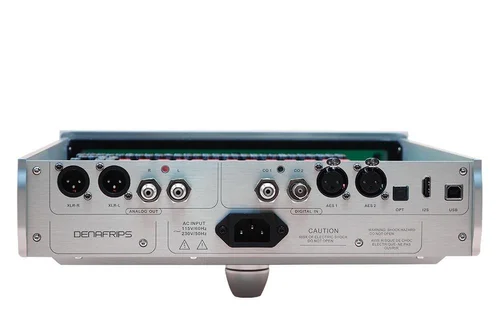
But first, to help put things into context, I’d like to tell you a bit about the kind of music listener I am and the kind of sound I like. To paraphrase an old saying: “tell me what you listen to and I’ll tell you who you are.” Obviously, my comments about the Denafrips Pontus ll DAC are based on how it worked with the rest of my system, which isn’t, by any means, “The Best System in the World”. But I’m happy with it. It consists of a Roon Rock server mounted by yours truly under an NUC (Next Unit of Computing) Intel 8i3BEH, an iFi Zen Stream player, a McIntosh C70 tube preamplifier, a McIntosh MC302 transistor amp, Dynaudio Focus 340 speakers, and Audioquest cabling throughout.
In absolute terms, I prefer a warmer sound I can lean into than a forward sound glistening with detail. I prefer to be seated in the middle of a concert hall or behind the console in the studio than in the first rows near the stage or among the musicians. Above all, for me, emotional involvement always trumps detail retrieval.
Trying to buy a DAC during the pandemic was a tricky proposition. Health rules at the time made in-home auditions impossible, which meant that by buying the Pontus online, I broke two fundamental rules I never break: buy from a local dealer and listen to the unit in my system before buying.
This doesn’t mean that I bought the Denafrips blindly. Throughout the years I owned several DACs from big name brands and got the chance to listen to a few I didn’t own but heard at some length. I read pages of reviews about a number of well-regarded DACs, and I knew what I wanted; it would have to sound at least as good as my vinyl setup, decode all (or most) digital formats, (dsd, wav, alac, flac, aiff), offer the user an oversampling function that could be deactivated, as well as be equipped with several digital inputs (TOSLINK, coaxial, BNC, USB) and a balanced analog output (XLR). Worse came to worse, I said to myself, I’d sell the unit.
After much deliberation, I clicked the “buy” button on the website of Vinshine Audio, exclusive distributor of Denafrips. The amount of the transaction? $CA 2120.00. Estimated delivery time? 5 days. No returns accepted unless the unit was defective. Bottom line, the purchase was a leap of faith. Was my faith rewarded? Before answering, I want to go over some of the Pontus’s features, starting with its build quality. It’s impeccable. Solid. The Pontus weighs 18.7’lbs (8.5kg) and feels substantial when you take it out of its shipping box. It was a promising start.
You want digital inputs? The Denafrips gives you digital inputs! A coax 1 (RCA), a coax 2 (BNC 75-ohm), a TOSLINK, two balanced AES/EBUs, a USB2.0 Type B, and an I²S/HDMI. According to the company’s website, the Pontus supports up to a 24bit/1536kHz PCM datastream and native decoding of DSD up to DSD1024. The SPDIF Coaxial, Optical, AES/EBU inputs support up to 24bit/192kHz resolution.It upsamples PCM, but not DSD.
I listened to the Denafrips over a three-week period, during which I alternated between USB and coaxial inputs, and non-oversampling and oversampling modes. I also experimented with the “slow filter” option.
Out of the box, the unit’s sound didn’t impress. It was lethargic and emotionally uninvolving. Musicians were hard to pinpoint. The soundstage had little depth. But, I did hear something I’d never heard before from any other similarly priced DAC—a musical smoothness reminiscent of the sound of analog. Some criticize digital as sounding harsh and irritating. There was none of that from the Pontus. And from this point on, things just got better.
Prior to shipping its DACs to buyers, the manufacturer runs them in at the factory for 100 hours to make sure all parts are working the way they should. Once in my hands, it took another 350 hours of running the unit in before all the Pontus’ virtues were revealed. In the interim, the sound was all over the place, as were my feelings, which vacillated between various stages of hope and distress. Then, one day, without warning, snap! —it all gelled.
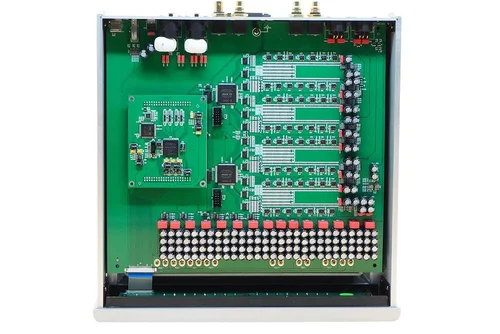
Every once in a while, I like to submit digital components under my care to musical torture tests to see how well they handle passages that are often difficult for the digital medium to get right. My torture tests, which I equally own on vinyl, were:
- The guitar fuzz- and distortion-filled intro, “…And the Gods Made Love”, on Jimi Hendrix’s Electric Ladyland;
- The last guitar-buzzing minute of the Beatles’s “I Want You (She’s So Heavy)” from Abbey Road.
For voices, nothing torturous, but good tests nonetheless:
- Leonard Cohen’s “The Goal” from Thanks For The Dance;
- Ella Fitzgerald’s “Summertime” from Ella in Berlin.
After the requisite burn-in, Leonard Cohen’s voice sounded weighty, with good presence. I got a sense of the poet sharing his intimate thoughts with me, while the piano, situated deep inside the soundfield, sounded delicate and natural, evoking the sound of a soft rain. Imaging was very good across the board—such as with the acoustic guitar, which possessed equal amounts bite and warmth—but above all the Pontus delivered the emotional crux of the piece, as well as the atmosphere, I imagine, that was intended by the artist, sound engineer, and producer. In the context of this one song, the Pontus’ performance went above and beyond that of many of the other DACs I’d listened to in the Pontus’ price range, delivering not only sound per se, but a genuine artistic statement.
Not to be outdone, Ella’s voice was rich and captivating; when she sings the song’s last lyric, “So hush, little baby, don’t you cryyyyy” and it ends, I can feel myself on the edge of my seat, breathless. The music is human, the opposite of mechanical. The Pontus sucks you in with its easy melody, delivering a sound that brings you to the event, rather than one that brings the event to you. Neither perspective is wrong, but it is a matter of personal taste.
As for the torture tracks? To borrow a house-cleaning metaphor, it turns out that for several years I’ve unwittingly been tolerating a messy home. The Pontus, like an expert housecleaner, seems to have put everything back in its place, where everything—the musicians, the stage, the studio effects, the rhythm—belongs. It’s easier to grasp the musical relationships between musicians. I hear no distortion or aggressiveness. The picture is intelligible, effortless. In fact, that might be the Pontus’ greatest strength—to get out of the way of the music.
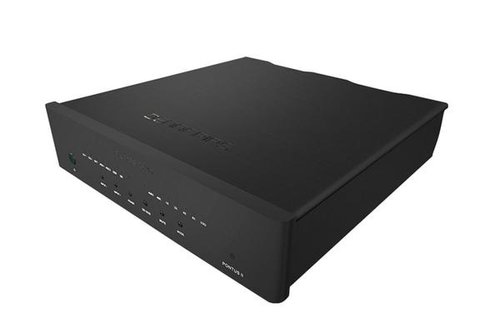
Having used both the USB and coaxial inputs, I would summarize the differences between them this way:
- The coaxial delivers a more organic, more relaxed presentation;
- The USB brings out more detail and a wider soundstage.
What you’ll prefer will depend on your tastes, of course, but also on the recording. Oh, and the synergy between the Pontus and the rest of your system, and you can throw into that equation your listening room.
One final note about the sound quality: the power cable matters. For best results, use a good one—not a stupid expensive one, unless you want to, but the differences between the low- to mid-fi cables I used with the Pontus were audible. If possible, you can always borrow cables from a dealer and see what happens.
So, did the Denafrips Pontus ll rekindle my relationship with digital? You bet! In fact, I’ve never enjoyed listening to digital this much. This doesn’t mean I’ve stopped seeing my Rega turntable, which continues to satisfy my needs in particular ways, most notably when it comes to listening to my mono records, comparing different mixes between the LP and CD versions (like, Judy At Carnegie Hall), or listening to recordings that are unavailable in a digital format. Some audiophile pressings are also fun to have.
The Pontus isn’t the only game in town—no doubt there are other DACs on today’s market that will make you realize how good digital can sound, streamed or on CD. In my case, it was my missing link. I love it. Till death do us part? Who knows?
For more information about the Denafrips Ponctus II, you can read our review here.
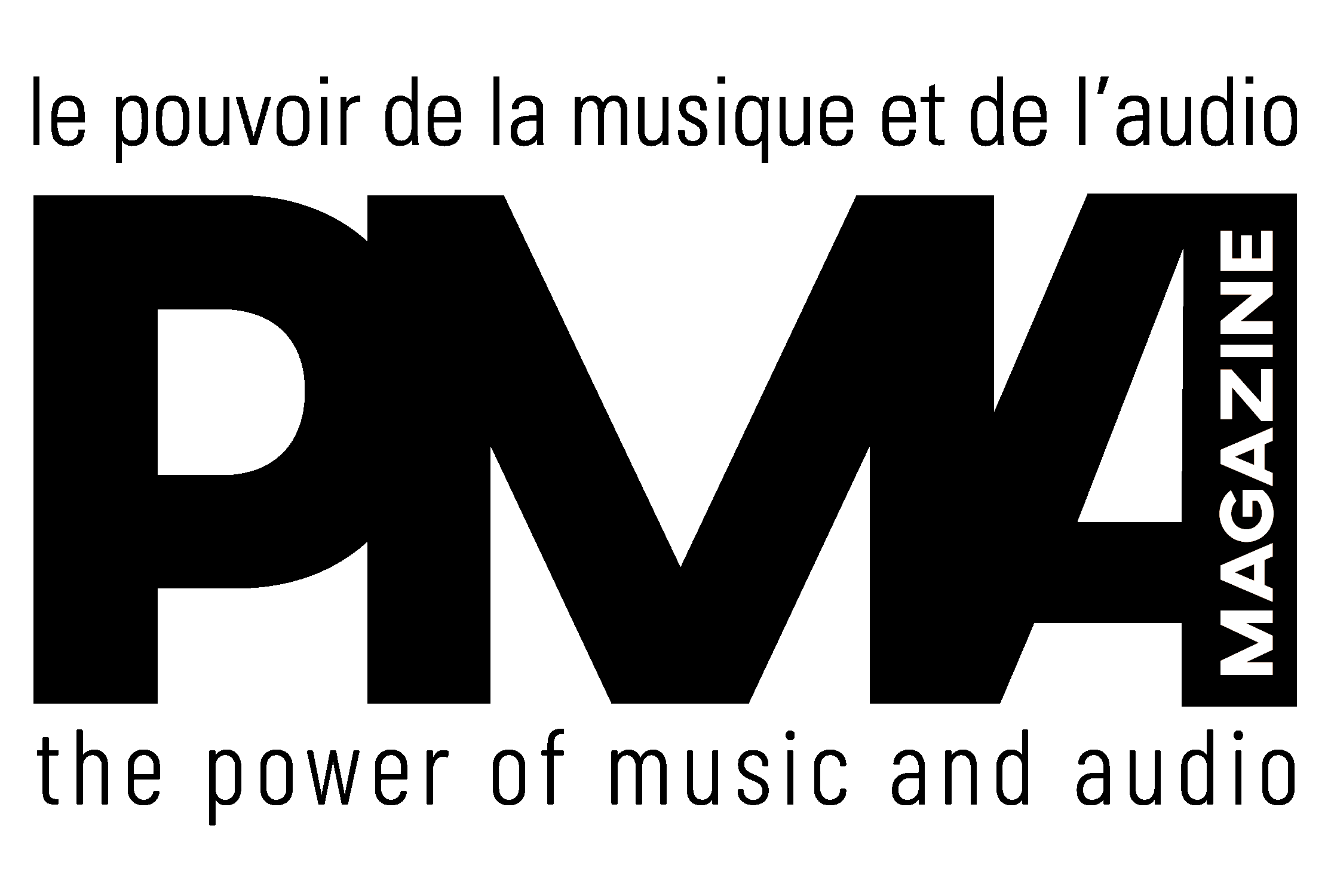

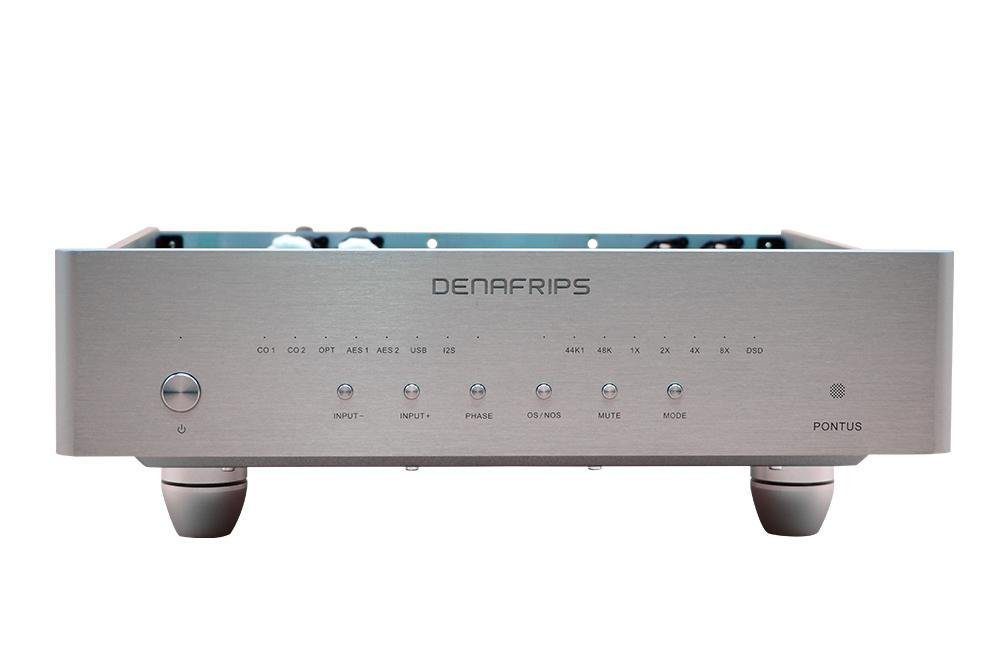



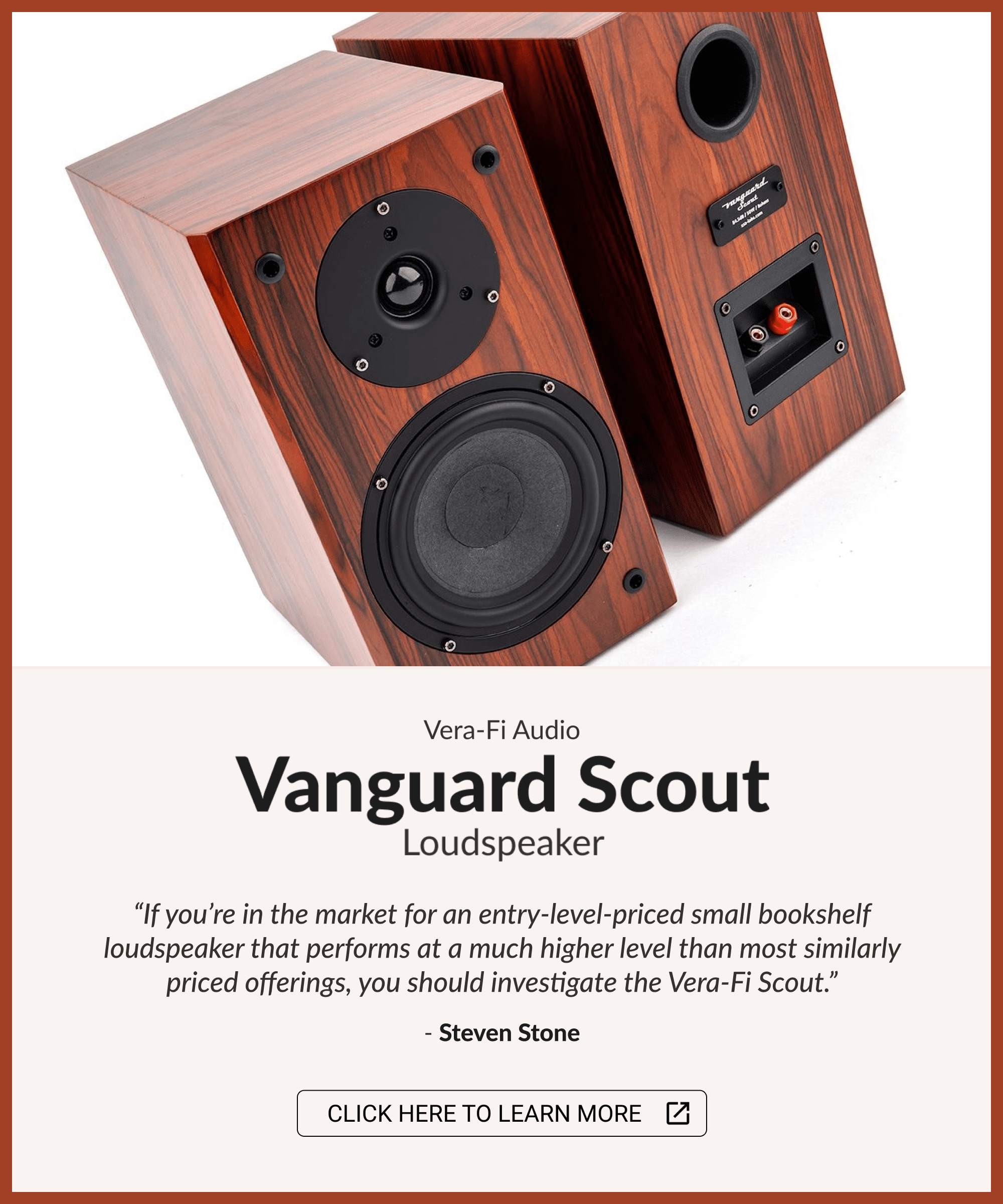









Leave a Reply